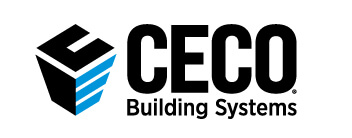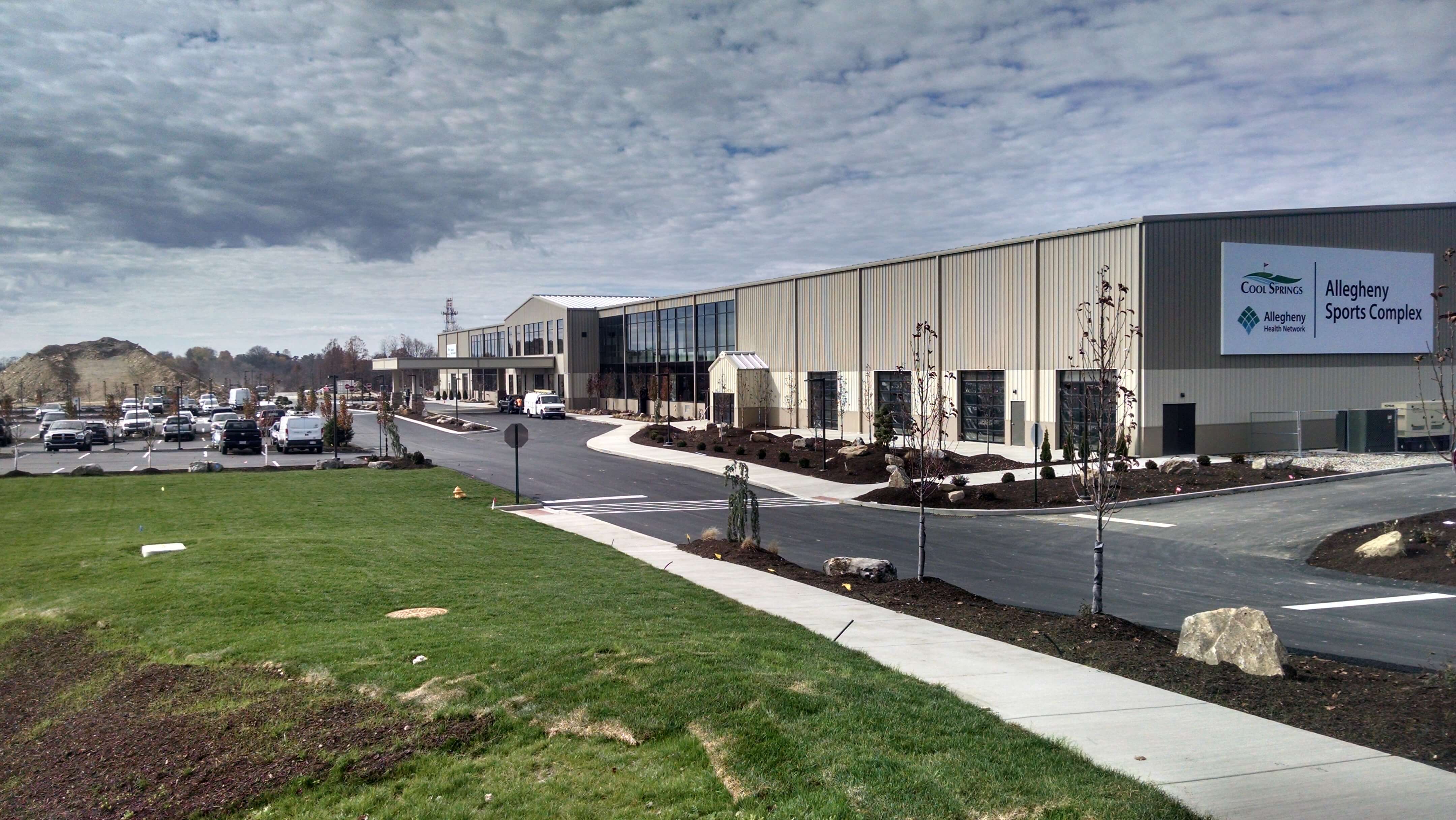Increased Resilience with Metal Buildings
Posted on October 11, 2017 by Ceco Building SystemsNews stories of hurricanes, tornadoes, earthquakes, and other natural disasters have become common, but so have efforts to improve buildings to resist them. Building code requirements, for example, address the minimum level of protection needed to allow people enough time to exit a building and survive a severe event. The code typically relies on independent standards such as those developed by the American Society of Civil Engineers (ASCE).
In particular, the 2016 edition of “ASCE Minimum Design Loads and Associated Criteria for Buildings and Other Structures” was released in June 2017, and is expected to be a referenced standard in the 2018 International Building Code used by many jurisdictions across the United States. Section ASCE 7-16 includes many significant changes for the metal construction industry, in that it incorporates findings from the latest research on wind-related events across the country. In many cases, particularly along coastal areas, it increases the structural requirements for all buildings, including metal buildings, to withstand more-severe wind in the interest of protecting people.
While codes and standards are important for establishing a baseline of minimum protection, many people are looking beyond that to create buildings that are truly resilient. The term resiliency has come to represent not only the ability to protect people, but also the ability of a building and its contents to survive a weather event. This means that the building will sustain minimal damage so that it can become operational again without significant lost time. Better engineering design and construction techniques for building components will be key in accomplishing this. But how can anyone tell ahead of time how a particular design and construction will perform? The short answer is by testing it.
The Metal Building Manufacturers Association (MBMA) has spent considerable time and effort creating standards for metal buildings, but has also supported testing and research to make metal buildings more resilient. For example, they have partnered with the American Iron and Steel Institute (AISC), The University of California, San Diego, and the Network for Earthquake Engineering Simulations (NEES) to conduct controlled tests to verify the performance of metal buildings during seismic events. Using full-size structures on platforms that simulate an earthquake, they have found that the lighter-weight, tapered columns of pre-engineered metal buildings do not experience the same “plastic joint” failures that can occur in buildings framed with conventional structural steel members.
Another organization, the Insurance Institute for Business and Home Safety (IBHS), does similar, real-world testing in wind tunnels to determine wind resistance during high-wind conditions. Ceco and its parent company, NCI Building Systems, worked together with IBHS to conduct tests to help determine the different levels of achievable wind ratings based on the construction details and materials used in a metal building. This information is available and invaluable for anyone in design or construction who wants to understand how to make their buildings more resilient.
Certain geographic areas have their own testing and performance criteria that exceed code standards but are minimum requirements due to the higher likelihood of hurricanes or other severe weather. Miami-Dade County in Florida and the coastal counties of Texas are among such places. In order to obtain building permits in these locations, vulnerable building components must show that they have been independently tested to adequately resist high winds, heavy rainfall, and impacts from airborne debris. This applies to doors, windows, and skylights, but also to walls and roofs.
Overall, the key to a truly resilient building is a complete system design approach. It is not just the ability of any single component to perform, but the combination of engineering, fastening, testing, reinforcing, and other factors that need to all work together to create a successful building. That means it needs to start with the people involved, who can make all the difference. These include the architects, engineers, and contractors for sure, but it also needs to include the engineers on the staff of metal building companies. These specialists work with building owners, designers, and constructors every day to assess the resiliency needs for specific projects, and then work collaboratively to find the best solutions.
To learn more about the demonstrated resiliency of different types of metal buildings, contact your local Ceco representative.


